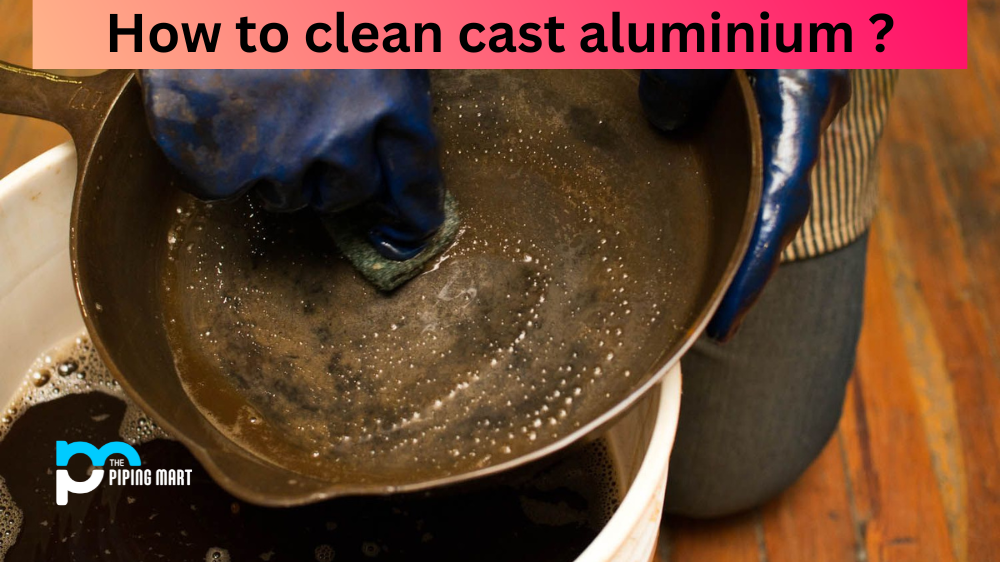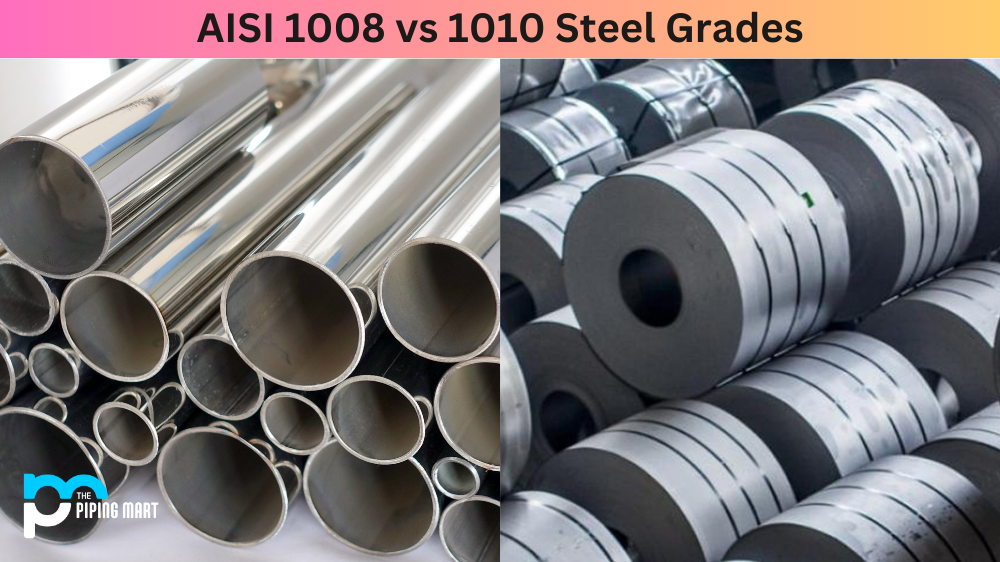Have you ever seen a piece of aluminum coloured by heat? From bronze to black, this process is called anodizing, and it’s used to color aluminium without painting or powder coating. Anodizing is a simple and effective way to customize your home décor, metal, or other aluminum projects. In this article, we’ll explain how to color aluminium with heat.
Process of Anodizing Aluminum
Anodizing is a process where an oxide layer forms on the surface of the metal when it’s exposed to an electrolytic solution in combination with DC. During this process, an anode (positively charged electrode) causes oxidation (a reaction between oxygen and other elements in the metal). This reaction turns the surface into an oxide layer which can then be dyed for colour. The depth of the layer can be controlled by adjusting the voltage and time the metal spends in the electrolyte solution. The resulting colour will depend on the type of dye used and how long it was exposed to electric current.
Getting Started with Anodizing
Before you begin colouring your aluminium, there are a few steps you need to take: First, prepare your work area. You’ll need two buckets—one filled with warm water and one filled with distilled white vinegar—as well as protective gloves, safety glasses, rubber bands, and alligator clips. Then clean your aluminium using a mild detergent or solvent cleaner like acetone to remove any dirt or oils from its surface; then rinse any residue with warm water before drying it off completely. Now you’re ready for the next step!
Next, connect your aluminium piece(s) using rubber bands and alligator clips. Make sure that everything is connected tightly so that no electricity escapes during processing; otherwise, you risk burning out your equipment! Once everything is secure, submerge it into the vinegar bucket for 10 minutes before removing it from the bath and transferring it into warm water for another 10 minutes. After that time has elapsed, remove your pieces from their baths and pat them dry with a soft cloth before starting up your power supply unit (PSU). Connecting this PSU directly to your workpiece will allow electricity to flow through it while also regulating its voltage output so that you can control how long each piece stays in its bath without fear of over-exposure or burning out circuits!
Conclusion:
Colouring aluminium with heat is easy once you know what you’re doing! Following these simple steps, you can create beautiful custom pieces for yourself or others using basic tools like rubber bands and alligator clips, along with some electrical supplies like PSUs (power supply units). With careful attention paid to safety procedures such as wearing protective gloves & safety glasses as well as avoiding over-exposure times when working with electricity at home—you too can join in on this fun new way of adding unique colors & patterns to your projects!
Meet Heer, a dynamic and driven writer learning tricks of her trade in the metal industry. With a background in Digital Marketing, Heer brings a unique perspective to her writing, sharing valuable insights. Apart from blogging she like reading and hiking.




